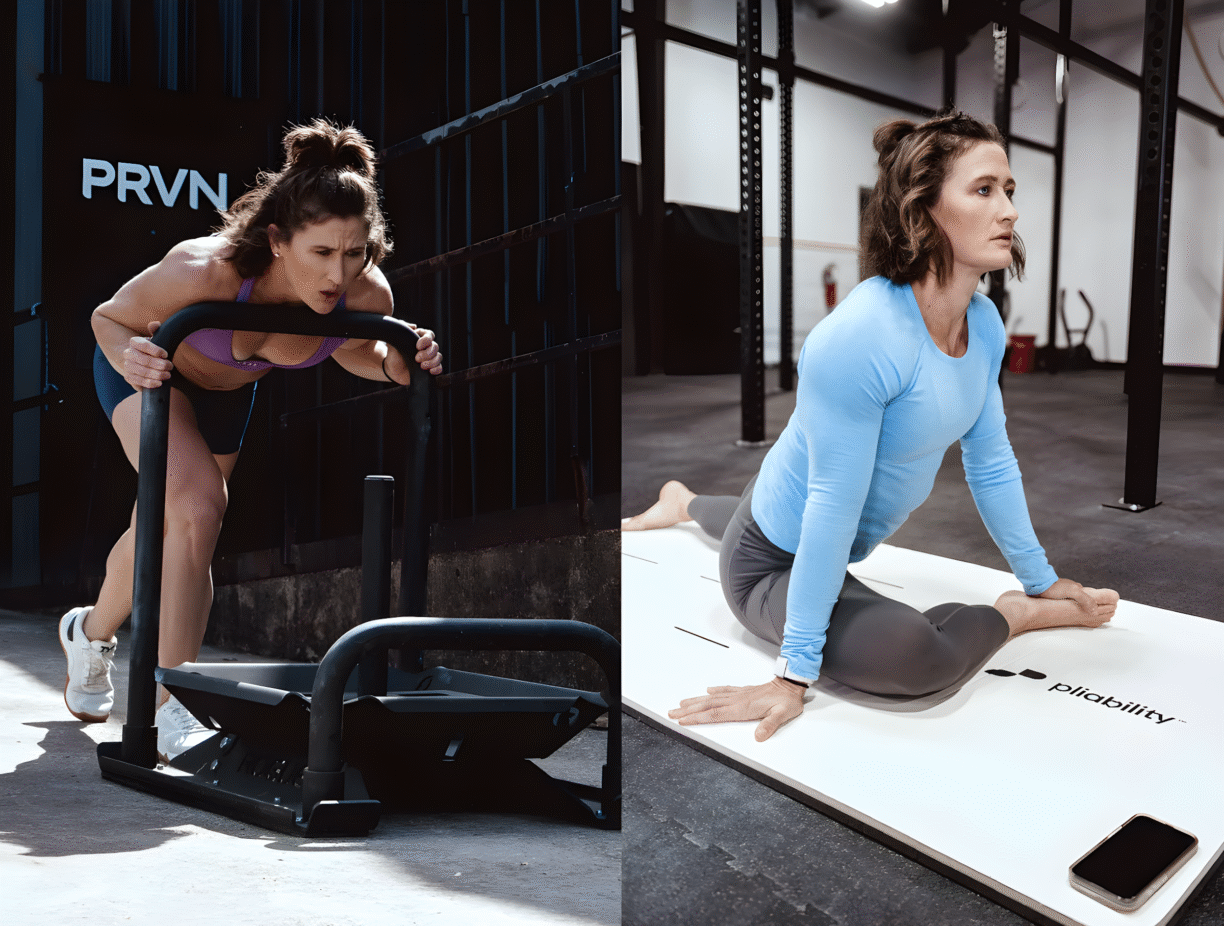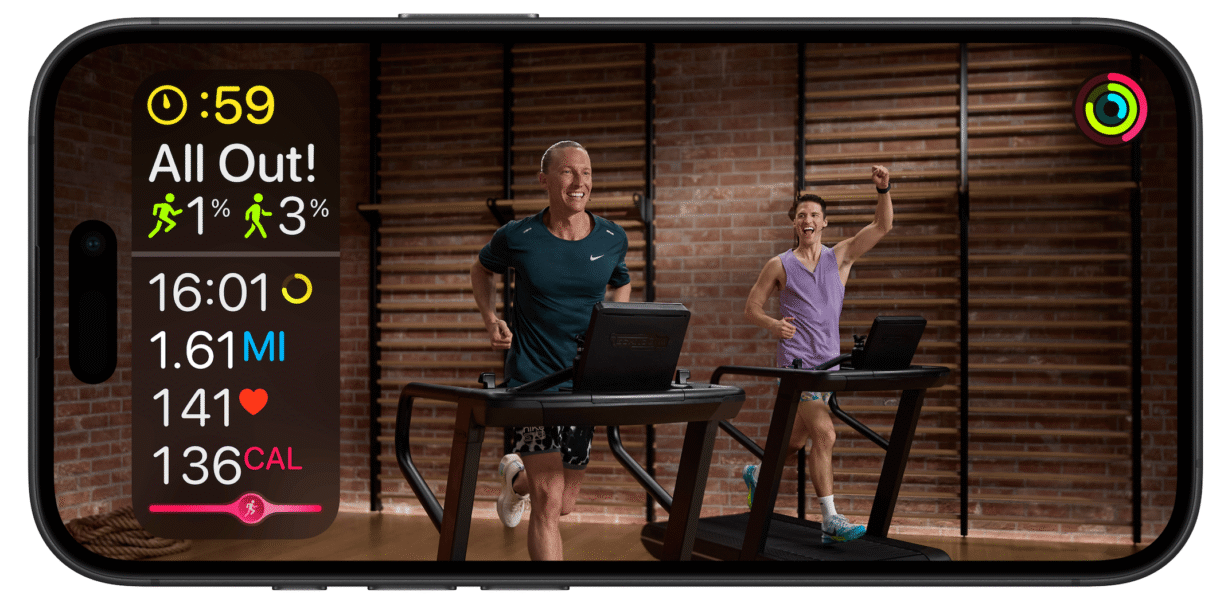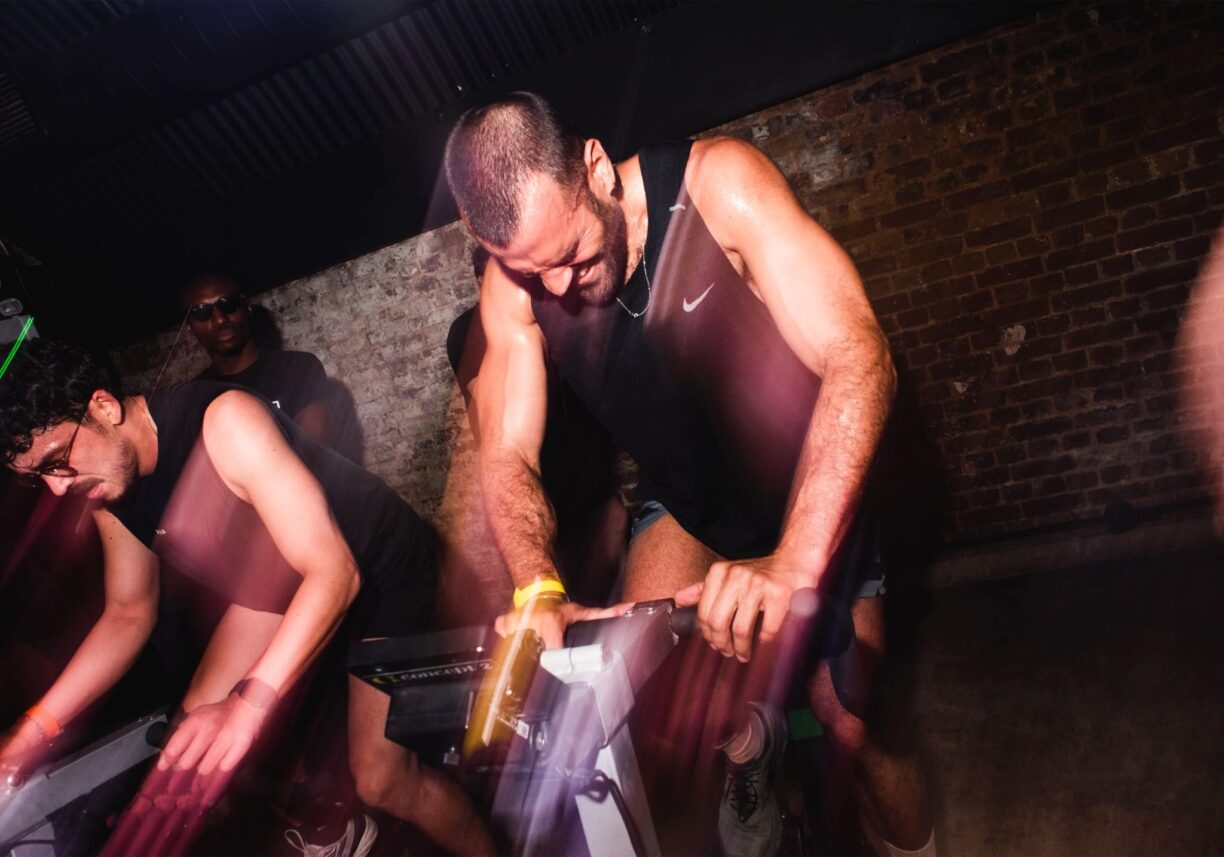We’re often told to be a bit more intuitive when it comes to our personal health and listen to our bodies, but that can be easier said than done.
With our busy lives – and when many of us are hunched over a desk for a large portion of the day – it can feel like we’re far removed from our body’s wants and needs. And sometimes you might listen to your body and it wants cheesecake – is that even doing it right?
If you’re curious about intuitive eating and exercise, we asked an expert to explain what it’s about, and why you might want to start adopting it into your own life…
What are the potential benefits?

GP and personal trainer Dr. Folusha Oluwajana (@fitdocfolu) suggests eating and working out intuitively “can be an effective way to maintain a healthy weight, as it focused around becoming in tune with your body’s natural preference to resist weight gain or loss.
“Intuitive practices remove the pressure of tracking your intake, sticking to a meal plan or a training routine, which can reduce stress,” adds Oluwajana.
“Improved sleep, mood and energy, a better relationship with food and exercise, increased self-esteem and happiness are common results when people begin eating and exercising intuitively.”
How can you practically do this?
A lot of us are on autopilot when it comes to our diet – eating three meals a day and mindlessly snacking when we’re bored – but Oluwajana says being intuitive is about “listening to hunger cues, sensations of fullness, energy levels and other factors – then reacting to them”.
She advises: “Eat when you’re hungry and stop eating when you’re full. If you struggle with this, you can try using a hunger fullness scale to help you measure it.
One is ravenous and faint and 10 is physically ill from fullness. Generally, the advice is to eat around three to four, and stop around seven.”

It’s a bit trickier to tap into your body’s wants and needs when it comes to exercise, and it might take practice to get you there.
“With training, you should focus more on your overall health and wellbeing, and less on weight,” says Oluwajana. She urges you to spend time on your recovery, and try to get the balance right between “feeling physically rested, or overtired from exercise”.
She suggests asking yourself these questions to help guide you: “Are you enjoying what you are doing, and does it make you feel good?”
What are the potential stumbling blocks?
Intuitive eating might not be for everyone. For example, you might want to think carefully and perhaps steer clear entirely if you have a history of eating disorders, or physically can’t move your body that easily, or have any underlying health issues that may need to be taken into account. See your doctor if you have any queries.
For everyone else, Oluwajana says: “Often people struggle with this practice, as they haven’t really shifted their mindset or changed their way of thinking.
“Don’t focus on your weight, and accept your healthy weight may not be the weight you were hoping for. Educate yourself, and learn more about what actually constitutes healthy nutrition and exercise. Intuitive eating should mean the majority of your diet is nutritious, but it is free from restriction – and also free from overindulgence.
“Try to remove all restrictive thoughts about certain foods. This can be really hard to unlearn, but is important to allow you to really eat intuitively.”
Any more tips for success?

“Choose to move your body and eat a nutritious diet as a form of self-care, rather than punishment,” Oluwajana says simply. “Avoid excessive planning and restriction, allow flexibility and start small.
“Then see how your body (and mind) feels after doing this for a while, and explore what works for you. You will likely notice things that will make you want to keep going.”
Throughout the whole process, make sure you’re kind to yourself. If you’re feeling energetic and want to go for a run – great. But equally, if you’re body is craving rest and a slice of cake, do what feels good for you.





